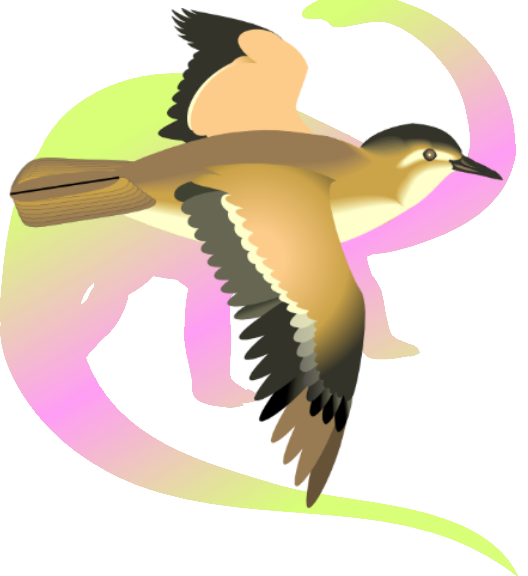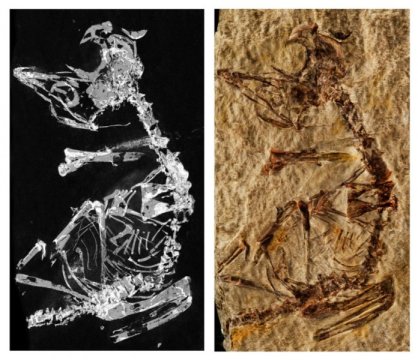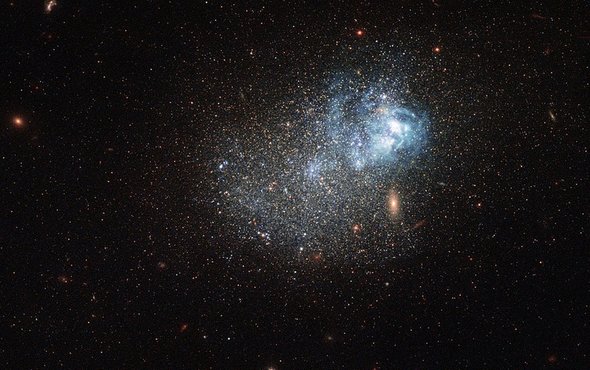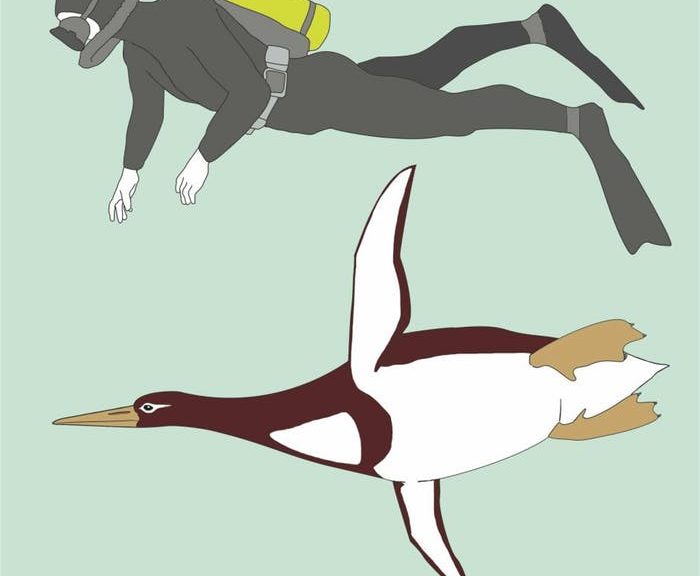Let’s take a look at an article published on December 13, 2017 entitled “Evolution intervened on ‘monster’ penguins” in USA Today:
“Talk about your big bird. Scientists on Tuesday announced the discovery of a new species of an ancient giant penguin, one that was nearly 6 feet tall and weighed about 220 pounds, roughly the same height and size as an average man.
Fossilized remains of the extinct penguin were discovered in the Otago region on New Zealand’s South Island. The new species is named Kumimanu biceae: In the Maori language of New Zealand, Kumi means “monster,” and manu is the word for “bird.”
The penguin lived about 55 million years ago, scientists say, so the fossils help provide clues to the early evolution of penguins.
“We examined the wing and leg bones of this penguin and quickly realized that we were looking at a previously unknown species,” said Gerald Mayr, a paleontologist at the Senckenberg Re- search Institute in Frankfurt and lead author of the study.
It is also one of the oldest known penguin species; only two other species are known from as far back as 62 million to 58 million years ago.
“The fossil species is not directly ancestral to any of the modern species,” he said, adding that the giant penguins became extinct without leaving any direct descendants.
When the species lived, there were very few potential predators in the seas around New Zealand. Large marine mammals — such as toothed whales and seals — had not evolved, so the only predators probably were sharks, Mayr said.
Other large marine predators soon appeared, so the penguins faced new competition and predation — which may have led to their extinction. Therefore, penguins did not get smaller as they evolved. The smaller species lived together with the large penguins, but only the descendants of the smaller penguins survive today.
The scientists assume the penguins’ gigantism was a result of the seabirds’ flightlessness. Like penguins today, they were not able to fly: “It was certainly perfectly able to swim and walk on land but probably spent most time in the water,” Mayr said.
As for its diet, this new penguin species was probably a fish eater and sported long, spear-like beaks. The study was published in Nature Communications, a peer-reviewed British journal.” read more









